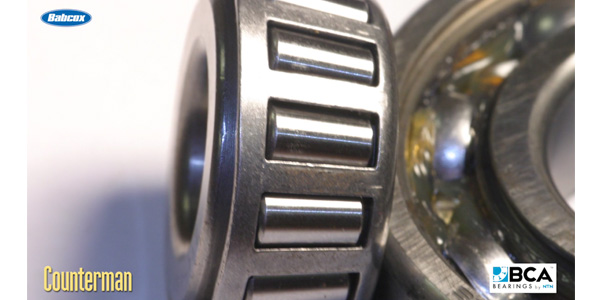This video is sponsored by BCA Bearings.
From time to time, there might be situations where you can help a customer save some money by recommending a less expensive option for a part or service. This isn’t one of them.
To find out why, let’s start with the raw materials used to make the bearing. The quality and cleanliness of the steel used in the housing, cage and roller elements make a big difference in the durability of the bearing. Bearings manufactured with lower-quality steel won’t stand up to the same amount of wear and tear as bearings made with high-quality, clean steel. On top of that, economy bearings might use lower-quality material instead of nitrile for the seals, which can comprise the integrity of the seal and lead to premature failure of the bearing.
Another issue is lubrication. Economy bearings often use a lower grade of lubrication, which can lead to increased operating temperatures. Increased operating temperatures can shorten the life of other bearing components, and that can affect the reliability of the bearing.
Here’s something else to keep in mind: Many newer wheel-hub assemblies have built-in ABS sensors. Economy wheel-hub assemblies often use lower-quality sensors and cable materials, which are more prone to failure. And if your customer buys a low-quality offshore hub assembly online, it might have the wrong ABS sensor or no sensor at all.
Here’s the bottom line: Don’t go cheap on bearings. By recommending a premium, OE-quality product, you ensure that the materials and engineering are up to or above OE standards. Also, you’ll have fewer comebacks and more satisfied customers, and the peace of mind that you’ve recommended the safest and most reliable option for your customer.












